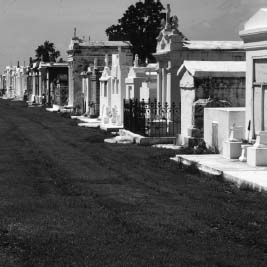ChristianityCustoms and Rituals |
How do Christians deal ritually with death and mourning? |
Death signals the final rite of passage, and most Christian communities have rituals designed specially to help mourners understand their loss from a religious perspective. A more or less formal period of mourning generally follows for a day or two. A few Christian groups do not permit embalming, preferring to bury the body on the day of death or shortly thereafter. American Christians generally prefer to have a “wake,” usually at a mortuary but sometimes in a church or even in the home, during which mourners offer their condolences to the dead person’s family. Wakes can last from several hours to several days. Some groups prefer a memorial service in the mortuary chapel following the wake. Many churches offer funeral rites in church, either as part of a variation on the regular liturgical prayer (as with the Roman and Anglo-Catholic Mass) or as a distinct ceremony. Generally the body of the deceased is present in the casket, which is sometimes open for a final viewing and generally closed during the funeral ritual itself. When the deceased has willed his or her body to a medical school, or when an immediate cremation is judged necessary, a memorial service is held without the body. In the United States burial is still the most common means of dealing with human remains, but cremation is gaining acceptance even in churches traditionally opposed to the practice.

Catholic cemetery outside of New Orleans, Louisiana, where the dead are buried in mausolea above ground because of the area’s susceptibility to flooding.
